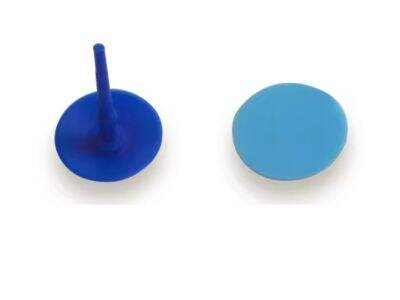What are aquarium seals made of?
Healthcare seals are often constructed from a variety of substances including plastics, rubber and metals. These materials enable the seals to remain strong, keeping everything that is inside it secure. Plastics such as polyethylene and polypropylene are frequently employed because they are tough and pliable. Rubber seals are created from materials such as silicone or neoprene, which are chemical-resistant and have some stretch to them. Metal like aluminum or stainless steel is used for its strength and to prevent tampering.
How Are Medical Seals Made?
The creation of robust medical seals requires a good understanding of materials and engineering. The seals need to withstand harsh conditions, such as temperature and pressure shifts, and exposure to chemicals. Engineers are careful to design these seals to fit perfectly, and to protect what’s inside. They have methods and tests to test how well the seals work and to improve them.
Techniques for Perfect Seals
In addition to proper materials, the technologies used in the manufacture of the seals are extremely important. One important process is one known as injection molding. This helps to produce a complicated shape of seal precisely. Another technique is compression molding, which involves shaping material into rubber after melting it with heat and pressure. Plastic seals are also secured to each other using ultrasonic welding.
Why Materials Matter
The materials used for the medical seals are key to how well they perform. Materials have different properties which make them suitable for different tasks. For example: Rubber seals are ideal for sealing liquids because they can bend and do not rust. Plastics are commonly used to package solid drugs, where their toughness and moldability are benefits. By choosing the right materials, engineers can also ensure the seals do their job effectively, keeping the contents safe.

 EN
EN
 CN
CN
 AR
AR
 HR
HR
 CS
CS
 DA
DA
 NL
NL
 FI
FI
 FR
FR
 DE
DE
 EL
EL
 IT
IT
 JA
JA
 KO
KO
 NO
NO
 PL
PL
 PT
PT
 RO
RO
 RU
RU
 ES
ES
 SV
SV
 IW
IW
 ID
ID
 LV
LV
 SR
SR
 UK
UK
 VI
VI
 ET
ET
 HU
HU
 TH
TH
 TR
TR
 FA
FA
 AF
AF
 MS
MS
 GA
GA
 CY
CY
 MK
MK
 KA
KA
 UR
UR
 BN
BN
 MN
MN

